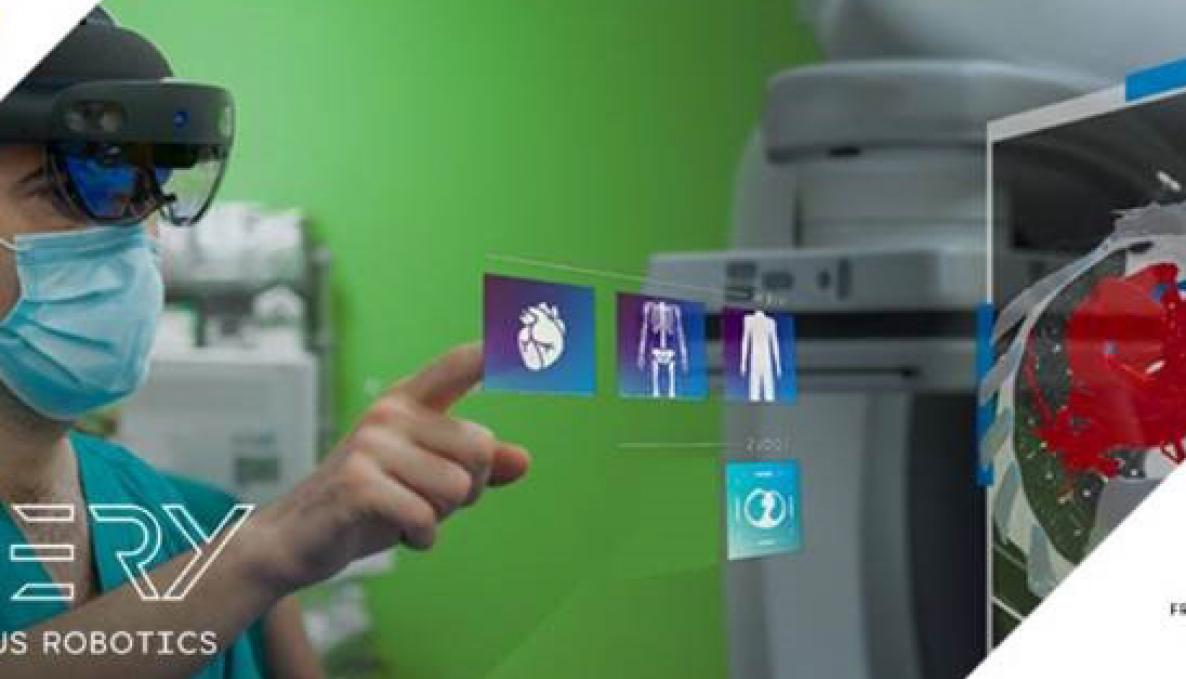ARTERY: robots, artificial intelligence and augmented reality in the future of cardiovascular surgery. The Biorobotics Institute of Sant’Anna School is one of the partners of the project

Structural heart disease (SHD) will affect 20 million people over 65 in the European Union between now and 2040*, 2.5 million of them in Italy. Examples of this disease include aortic stenosis (AS or AoS), mitral and tricuspid regurgitation, conditions more likely to occur in later age and which could soon become a social emergency. Currently 12.5% Italians suffer from these diseases.
One of the research projects studying SHD is ARTERY (Autonomous Robotics for Transcatheter dEliveRy sYstems), which was launched officially in January last year. Politecnico di Milano is one of the organisations involved (as lead partner), with the collaboration of Fondazione Politecnico di Milano and the Hospital San Raffaele of Milan. The research project is funded by the European Commission through the research and innovation programme Horizon 2020, within its initiative to drive the potential of robotics and their applications.
The main contribution of the Sant’Anna School team, led by Arianna Menciassi, vice Rector of Sant'Anna School, will be in the supervision of the hardware components design and development, with the final aim to builds up a modular, versatile platform layout for steering a new breed of highly dynamic catheters in an unprecedented coordinated fashion. Specific attention will be focused on the design of the distal deployment module for the smart catheter positioning.
The focus of the project is the non-invasive treatment of heart valve decease, and ARTERY’s objective is to create a revolutionary robotic platform enabled by artificial intelligence and augmented reality. The project will lead to the development of new navigation and control systems, and systems to train and support operators, making surgery safer and more effective for patients and removing the need for X-rays. There are parallels between surgeons and pilots. Simulators have been used in aeronautics for a very long time to improve the pilots’ skills, especially in critical situations. Using virtual reality in cardiovascular procedures can radically improve the way doctors approach surgery. ARTERY is a case in point, as doctors in training will feel as if they were operating for real, and so will experience the same stressful situations. Introducing augmented reality to simulation in turn means gathering information onto wearable devices. At that point, the doctor will not learn on the patient but on the simulator, and the procedure will become much safer for the patient.
How is surgery done today?
Today, patients generally require surgery, and are offered either traditional open heart surgery or percutaneous coronary intervention (PCI). In PCI, the diseased parts are repaired or replaced by implanting one or more small devices called stents in the heart using a catheter that is inserted into a small peripheral artery or vein and threaded through the blood vessels until it reaches the heart. PCI is thus much less invasive than classical open heart surgery. However, this kind of surgery is technically complex to learn and execute, and requires fluoroscopy, which is a method that uses X-rays to “see”, indirectly, how the catheter is advancing through the blood vessels and how it moves within the heart. X-rays are damaging for patients and, especially, for the operators in the theatre.
How will surgeons use ARTERY?
As part of the ARTERY project, a robotic platform will be created that will simplify PCI procedures, and the use of X-rays will become redundant. The surgeon will interact with the robotic system through augmented reality, selecting the target point for the catheter, and visualising the model of the catheter and the patient’s vascular tree. The system is semi-autonomous and decisions guided by AI will always be shared and agreed with the human operator. In practice, ARTERY will be an immersive and intuitive system, where the operator is always in charge and will oversee its operation, while the cardiovascular procedure will be carried out by a robot, backed by control systems, automatic navigators that can execute repetitive tasks in the place of the operator, who retains overall responsibility.
THE CONSORTIUM
To achieve this ambitious objective, Politecnico di Milano is combining its expertise with those of the Hospital San Raffaele of Milan, which provides the clinical guidance for the project, the Sant’Anna School of Advanced Studies of Pisa, the Catholic University of Leuven, which will produce the robotics for the catheters, and three companies that will work on the transfer of the research, i.e. FBGS, specialised in optical fibre sensors, Artiness, specialised in medical augmented reality, and SwissVortex, transcatheter technology specialists.



